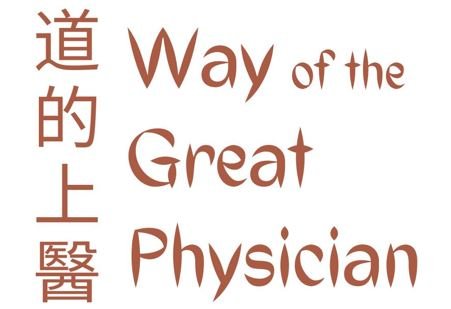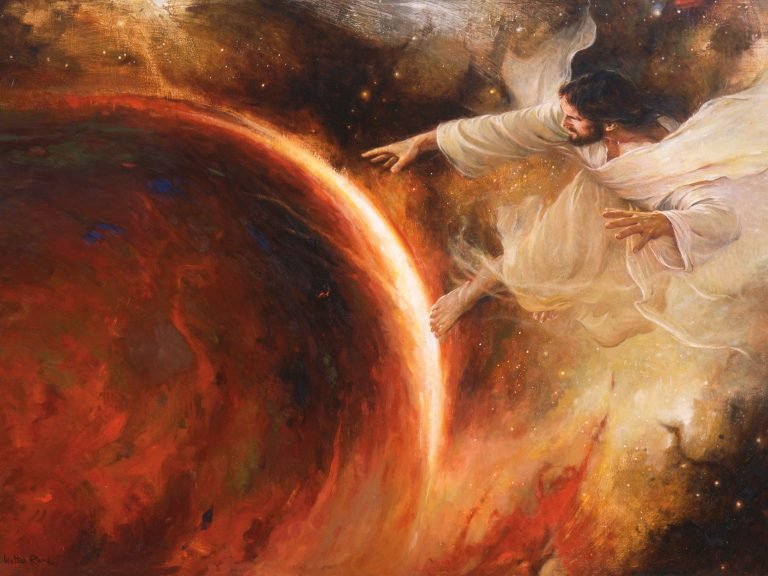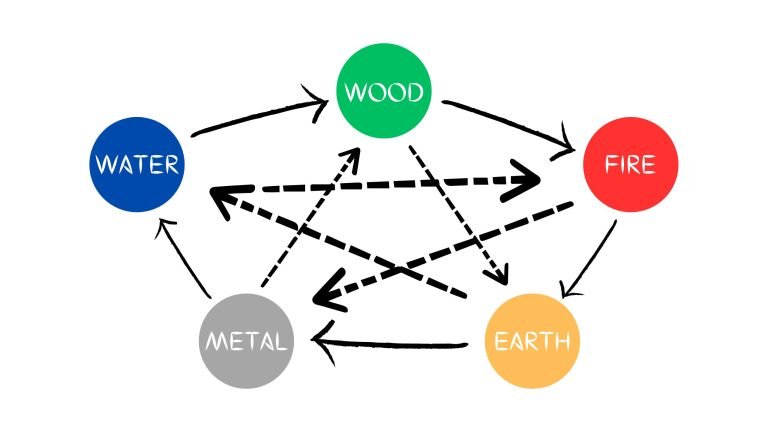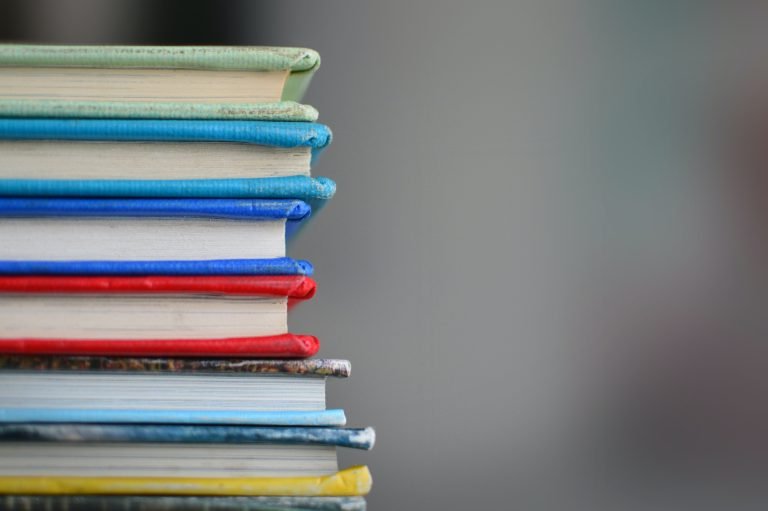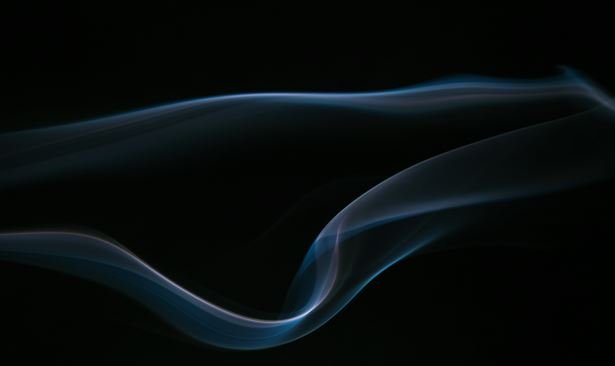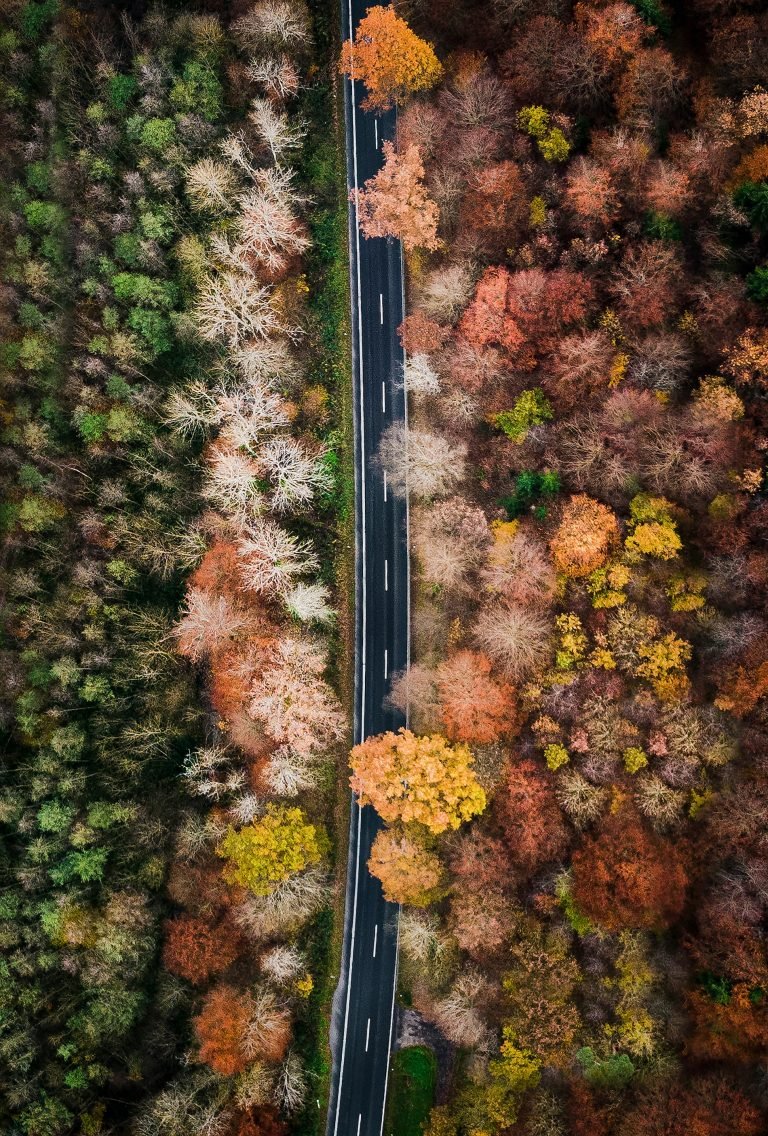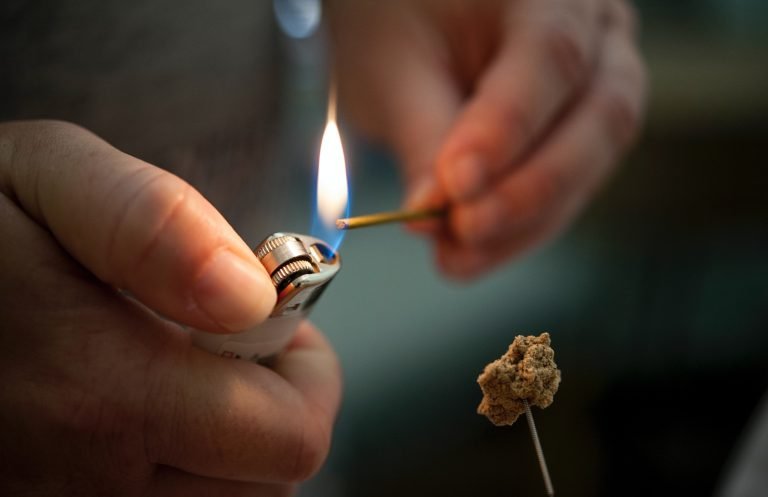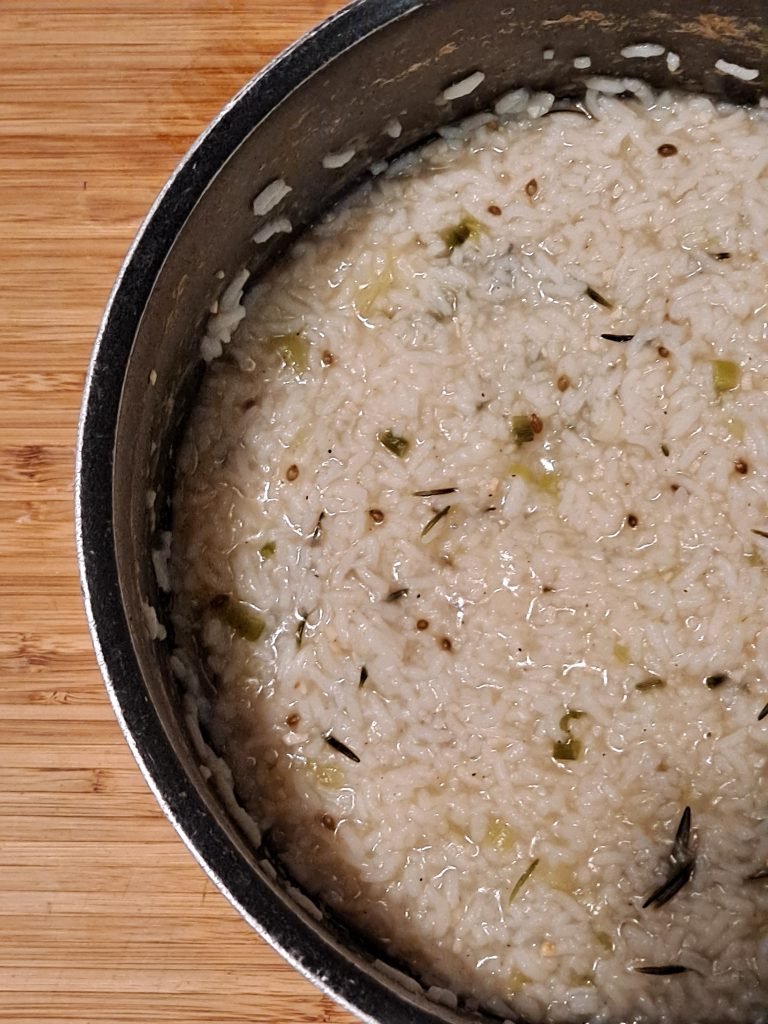“How can one little girl have such diverse health challenges and they not be connected?” my mother asked many years ago. Growing up I remember seeing an orthopedic doctor, a neurologist, and endocrinologist, a physical therapist, a geneticist, an otolaryngologist, and more and receiving different diagnoses from each. If they are all in one little girl, how do they connect? “We don’t know” or “They don’t” responded these doctors. Feeling unsettled about this answer, my mother searched everywhere for answers doctors couldn’t give her. And then she struck gold. She found Chinese Medicine which explained how everything connected. My health concerns now made sense and there was something we could do about it.
There are several theories to Chinese Medicine. One of the oldest and most commonly used, recorded in the Yellow Emperor’s Inner Canon (HuangDi NeiJing) around 300 BC, is the Five Element Theory (1). The five elements are wood, fire, earth, metal, and water, and each correlates to organs of the body, tissues, colors, sounds, and more. Each element contains enormous depth of symbolism and application. It’s a topic that can be studied for a lifetime, continually learning more.
This article will introduce the Five Elements, their generating and controlling cycles, and how it applies. The following article will discuss an example of the Five Elements in scripture
Introducing the Five Elements
The Five Elements each have a variety of symbols and connections. Understanding these enables one to further apply and glean the wisdom held within.
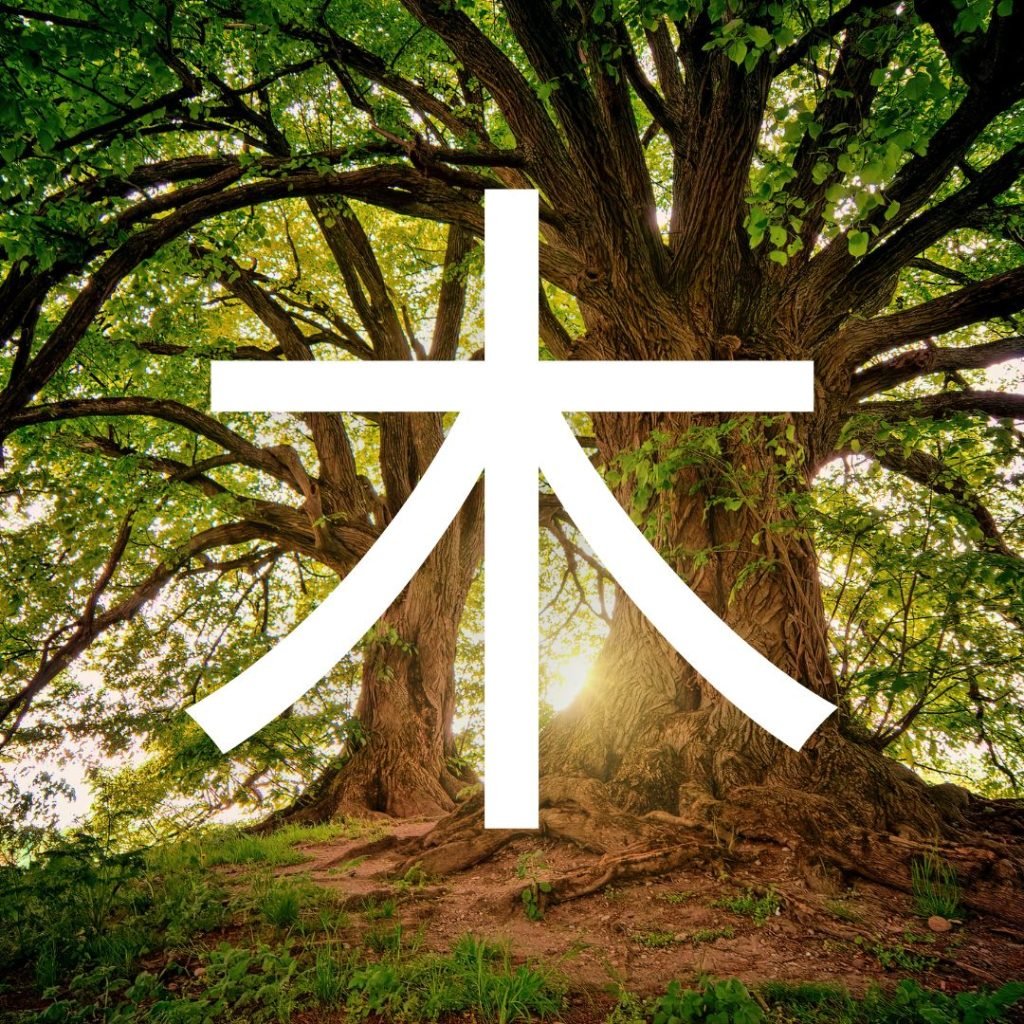
Wood
Character: 木 mù – Is a picture of a tree poking up above the ground with its roots splayed out below.
Solid Organs: Liver
Hollow Organs: Gallbladder
Sensory Organ: Eye
Character: 木 mù – Is a picture of a tree poking up above the ground with its roots splayed out below.
Solid Organs: Liver
Hollow Organs: Gallbladder
Sensory Organ: Eye
Tissue: Tendon – Also associated with joints, which allow movement in the body.
Movement: Up and Out – Think of a plant growing.
Emotion: Anger – Can be the negative aspect of anger and also the positive of setting boundaries. It is said that anger is the emotion that gives a plant energy to push up through the ground.
Season: Spring – When everything is growing and moving up and out.
Environmental Factor: Wind – Expressing the wood movement. Can manifest in the human body as mild or intense tremors.
Sound: Calling Sound, Shout – The sound through which anger can be expressed.
Color: Green – Color of plants and growing things.
Taste: Sour – The associated tastes usually have opposite movements of the element. The movement for wood is up and out and so the taste is sour, which is down and in. If someone is craving sour things, it is a way the body is trying to balance their powerful wood energy. For example, I have a very energetic and growing nephew who likes to drink straight lemon juice.
Smell: Rancid – The odor of oxidation and when multiplication and growth is too rapid.
Direction: East – The associated directions are based on a map of China, but relate to us who don’t live in China too. The eastern side of China is very lush and green.
Time of Day: 11PM-3AM – Each organ is associated with a time of day when it has the most Qi. This is the time when the Liver (11PM-1AM) and Gallbladder (1AM-3AM) organs should have the most energy. If you feel particularly wakeful during this time, something might be off with your Liver and Gallbladder meridians.
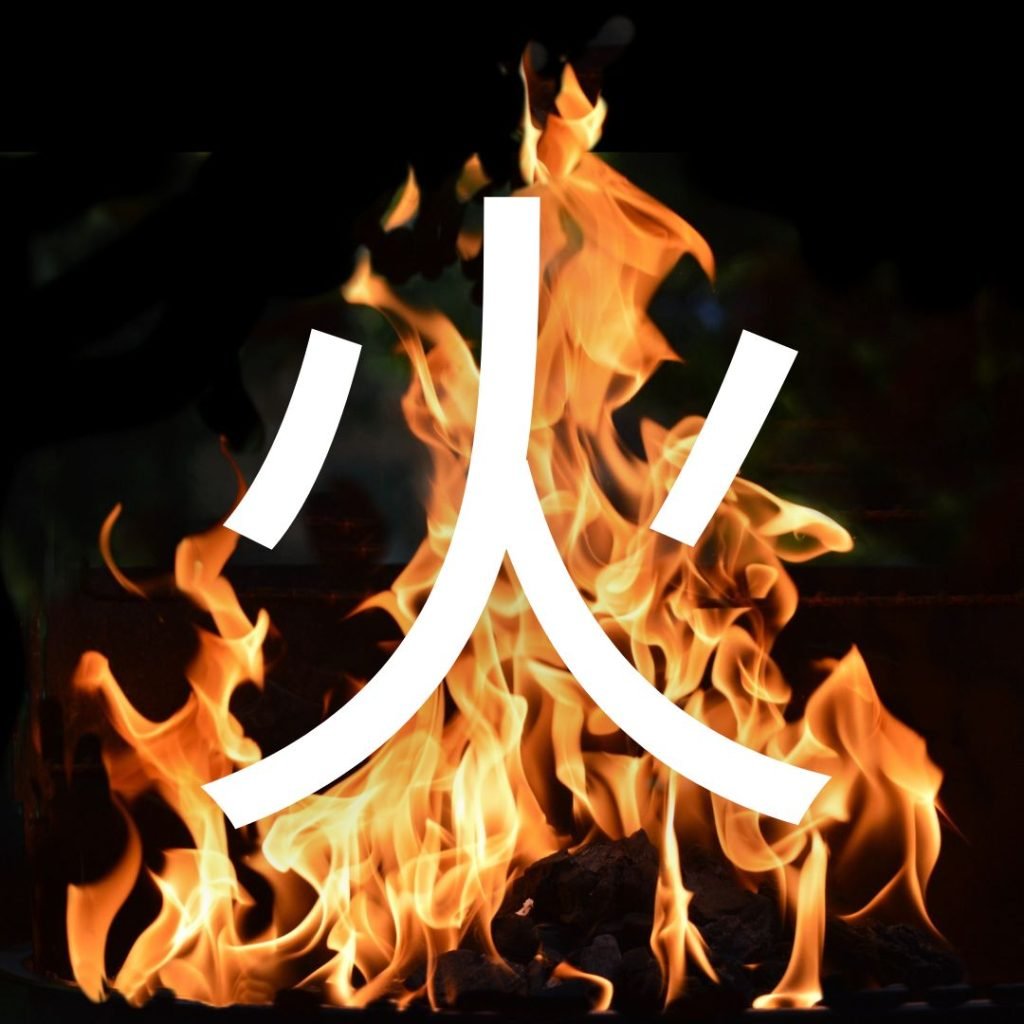
Fire
Character: 火 huŏ – Is a picture of a dancing crackling flame.
Solid Organs: Heart
Hollow Organs: Small Intestine
Sensory Organ: Tongue – The Heart can express itself through words made possibly by the tongue.
Tissue: Blood Vessel
Movement: Up – Think of fire and heat rising.
Emotion: Joy – Can be the positive aspect of joy, but also the negative, such as in cases of extreme mental health diagnoses.
Season: Summer – When everything is hottest.
Environmental Factor: Heat
Sound: Laughing – Can be happy positive laughter or more sinister manic laughter.
Color: Red – The color of fire and heated objects.
Taste: Bitter – The movement of fire is up and the taste of bitter draws energy downward. Bitter herbs and foods can be used to balance too much fire in an individual.
Smell: Scorched – The odor of the effects of too much heat.
Direction: South – Southern China is extremely hot.
Time of Day: 11am-3pm – This is the time that the Heart (11AM-1PM) and Small Intestine (1-3PM) organs should have the most energy. It is also the hottest time of the day.
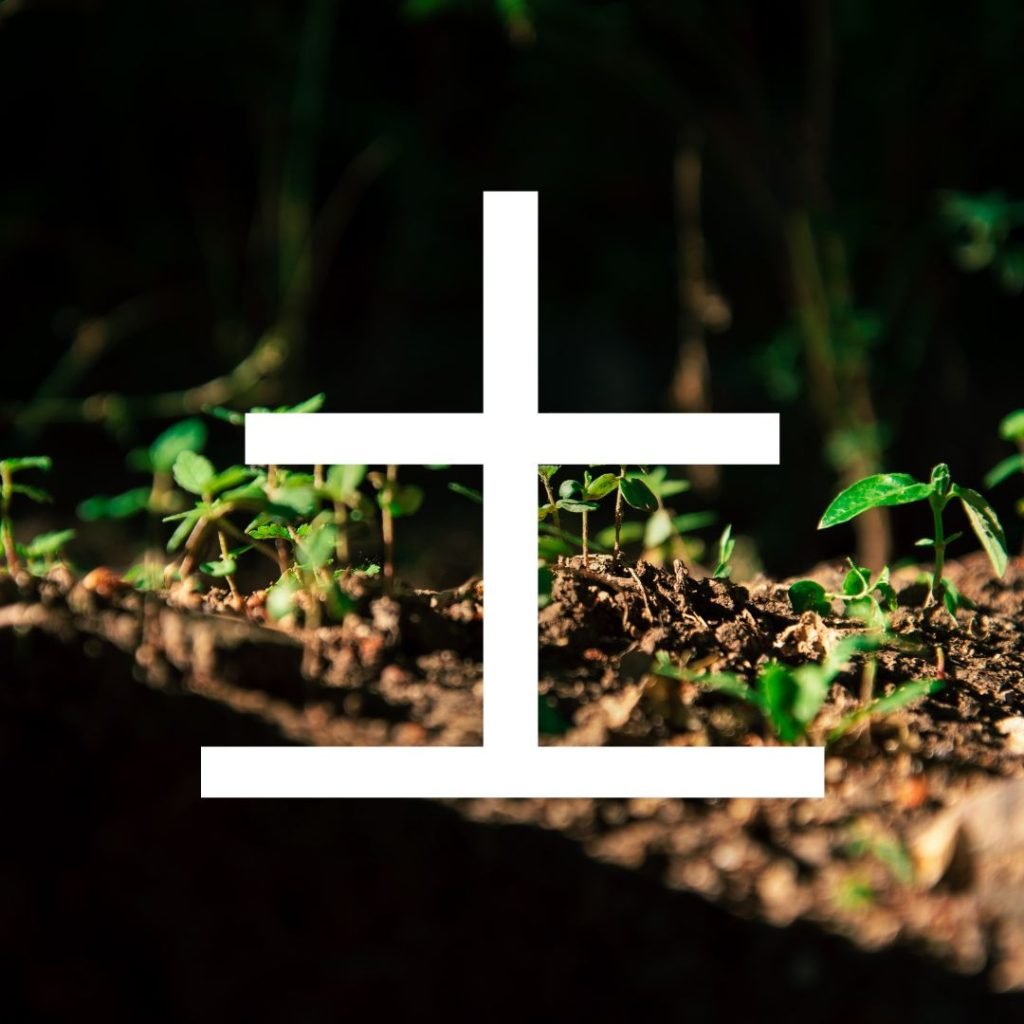
Earth
Character: 土 tŭ – Is a picture of a plant (with leaves) coming out of the ground.
Solid Organs: Spleen
Hollow Organs: Stomach
Sensory Organ: Mouth – The beginning of the digestive tract.
Tissue: Muscle
Movement: Revolve around the center
Emotion: Overthinking, Worry – Relating to earth, this can be thought of as worry about not having enough resources, or the feeling of “not enough.” Positively, overthinking can be strategically figuring the world out and how to make things happen.
Season: Late Summer – The harvest time when the fruits of the earth are collected. It can also include the first and last 18 days of each season. (Seasons are according to the Chinese calendar and not the Western Gregorian calendar.)
Environmental Factor: Dampness – Just like our bodies, the earth is 70% water, but when that water stagnates and doesn’t perform its proper function, it becomes damp.
Sound: Singing – Such as a mother soothing a child and singing that “there is enough.” This can also be a whining tone of voice seeking sympathy and pull to get needs met.
Color: Yellow – The color of grain and soil (particularly in regions around the Yellow River of China).
Taste: Sweet – It is common in our modern culture to gravitate towards sweets when we are stressed out. When we eat those sweets, we are looking for balance and comfort, such as that of a mother or mother earth.
Smell: Fermentation – The odor of stuck dampness.
Direction: Center – The earth is what holds all the other elements together. Yellow is also the color ancient Chinese royalty often wore, and they lived in the capital city in the middle of the land.
Time of Day: 7am-11am – This is the time that the Stomach (7-9AM) and Spleen (9-11AM) organs should have the most energy. It is the time we eat breakfast, our most important meal of the day, and when we digest information best.
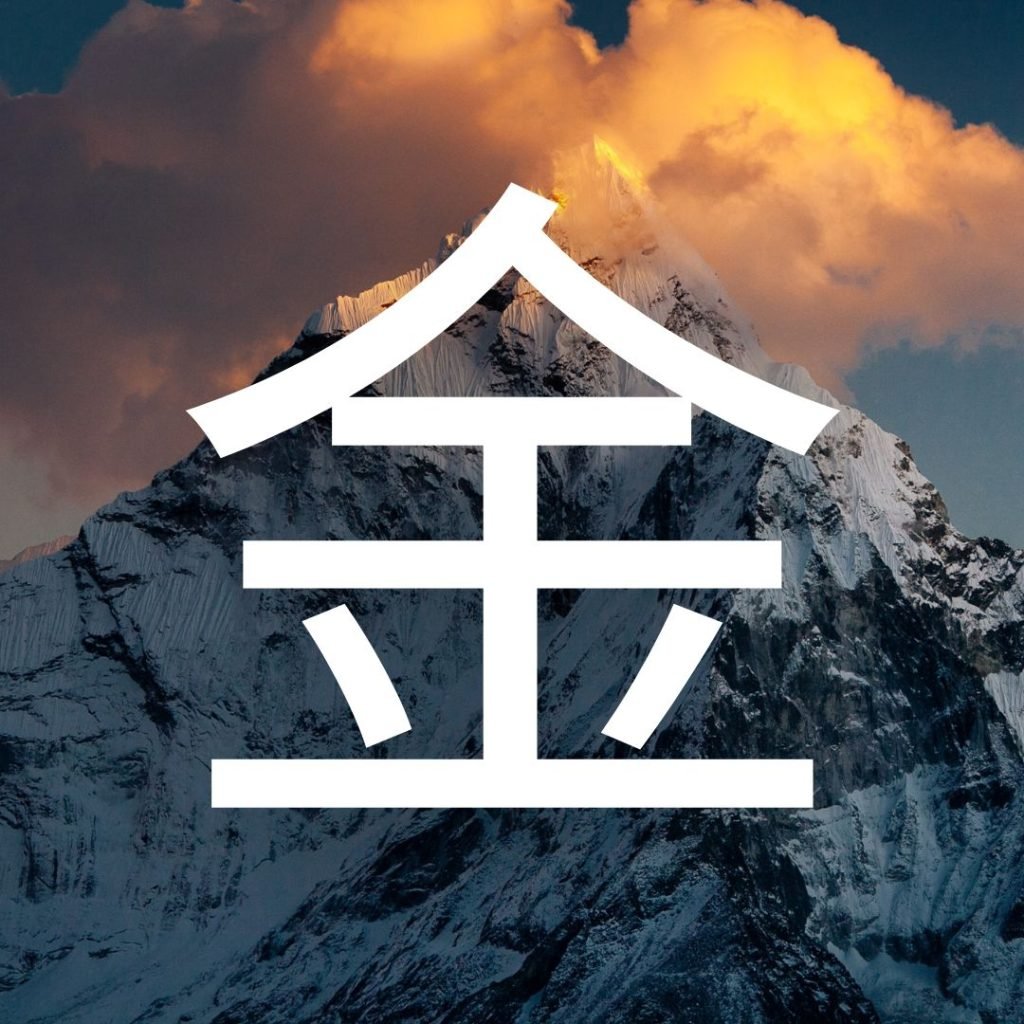
Metal
Character: 金 jīn – Is a picture of a mountain with something precious underneath. Because of this, when thinking symbolically about metal, think of a mountain.
Solid Organs: Lung
Hollow Organs: Large Intestine
Sensory Organ: Nose – Through which you breathe through.
Tissue: Skin & Hair – Our skin and hair are reflections of what is going on on the inside of our bodies.
Movement: Down and In – This can be observed as we breathe air and bring it down and into our bodies to become part of us and provide nourishment. It can also be seen in autumn when animals and plants start going into storage and pulling their energy and nuts inward for the winter.
Emotion: Grief – Sadness is an important emotion, as is demonstrated in the Pixar movie Inside Out. It’s vital to feel feelings and let feelings of grief flow. If grief is bottled up inside or held onto, it can manifest as depression.
Season: Autumn – When nature appears to be dying, leaves are falling off the trees, and change from warm to cold is coming. It is a time to focus on what is most valuable.
Environmental Factor: Dryness – Think of the crackling leaves and crisp air of autumn. The world is drying off and going into storage.
Sound: Crying – The sound of grief.
Color: White/Gray – The mountain where metal is found is connected with spirituality and religiosity. It is a place to connect with the heavens, with our Heavenly Parents. The teachings of heaven help us know the pure (white), precious, and beautiful. In China, white is also the color of death.
Taste: Spicy – The movement of metal is down and in while the flavor of spicy is up and out. Spicy foods can be used to balance too much metal in a person.
Smell: Rotten – This is the smell of death and autumn is a time that things are dying.
Direction: West – Western China is dry and desert-like. In the north west is the Gobi Desert and in the south west is Tibet and the Himylayas, both dry climates.
Time of Day: 3am-7am – This is the time that the Lung (3-5AM) and Large Intestine (5-7AM) organs should have the most energy.
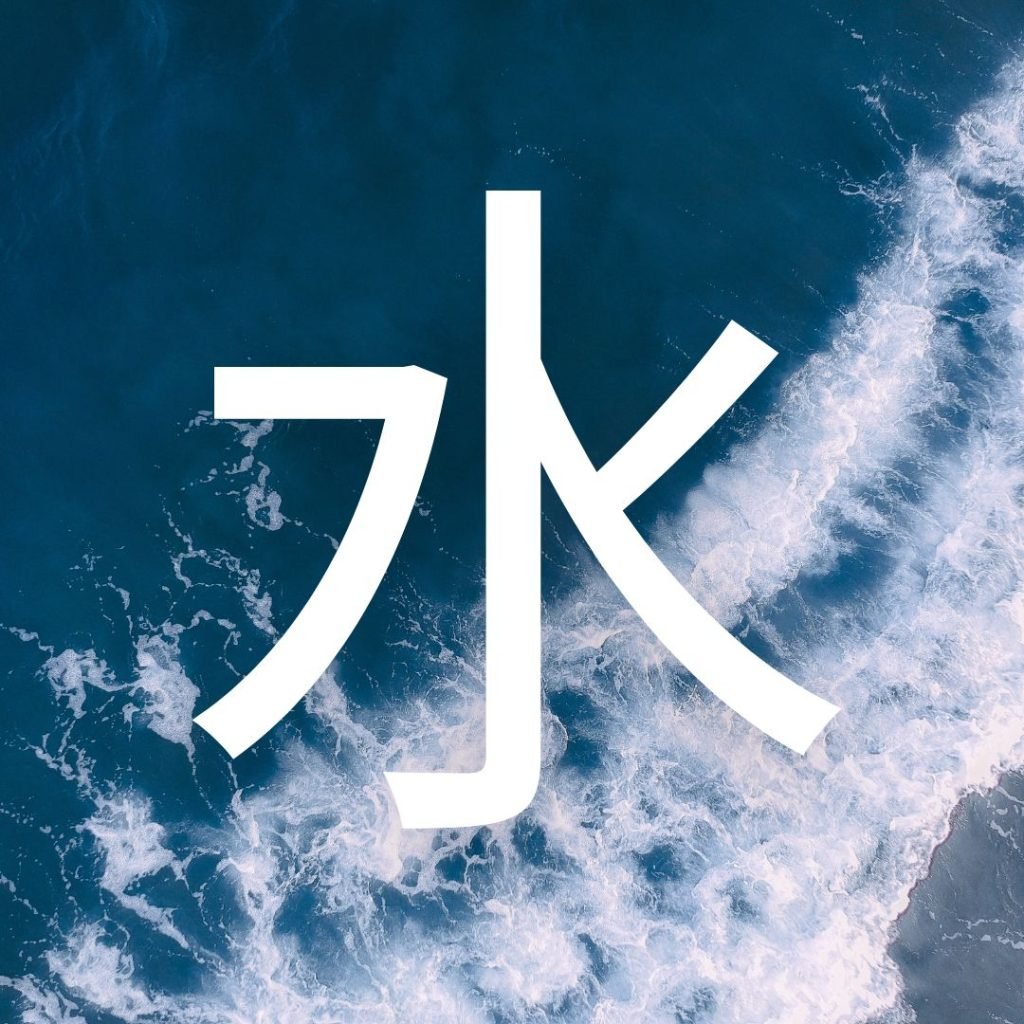
Water
Character: 水 shuĭ – Is a picture of a splash of water.
Solid Organs: Kidney
Hollow Organs: Bladder
Sensory Organ: Ear – The shape of the ear is like the shape of the kidneys. The kidneys are also associated with wisdom. As we get older, our ears keep growing. Those with the biggest ears have been thought to be the wisest.
Tissue: Bone – The tissue of our body that is the most internal.
Movement: Down – Water always runs to the lowest topographical location it can.
Emotion: Fear – Water can relate to all bodies of water, but most directly to the ocean whose vastness, intensity, and power inspires fear of the unknown.
Season: Winter – The time of year dominated by water: rain or snow depending on where one lives.
Environmental Factor: Cold – Winter is cold and a time of storage and hibernation.
Sound: Deep Sigh, Groan – The sound one makes when afraid.
Color: Black/Blue – The color that represents deepness, stillness, and storage.
Taste: Salty – Salty is the flavor of the ocean. When someone feels drawn to eat salty foods, they are seeking to balance their water element. Salt has also been shown to increase blood pressure and one of the major roles of the kidneys is to balance blood pressure (2).
Smell: Putrid – The smell of when water does not move and is stagnant.
Direction: North – Northern China is cold and snowy.
Time of Day: 3pm-7pm – This is the time that the Bladder (3-5PM) and Kidney (5-7PM) organs should have the most energy.
Note: The information provided here is according to the Northern Hemisphere. If someone lives in the Southern Hemisphere, the seasons would be opposite. Which hemisphere a person is located on wouldn’t affect diagnoses or treatments, but may impact their practice of QiGong (Translates to “working with Qi.” Tai Chi is a form of QiGong.) or FengShui (The art of arranging a living space to allow maximum energy flow and harmony).
Sources:
- Curran J. The Yellow Emperor’s Classic of Internal Medicine. BMJ. 2008;336(7647):777. doi:10.1136/bmj.39527.472303.4E
- Sodium. Center for Disease Control. Published December 21, 2021. Accessed May 2023. https://www.cdc.gov/heartdisease/sodium.htm#:~:text=How%20does%20salt%20affect%20blood,raised%20levels%20of%20blood%20pressure.&text=When%20salt%20intake%20is%20reduced,within%20weeks%20in%20most%20people.
